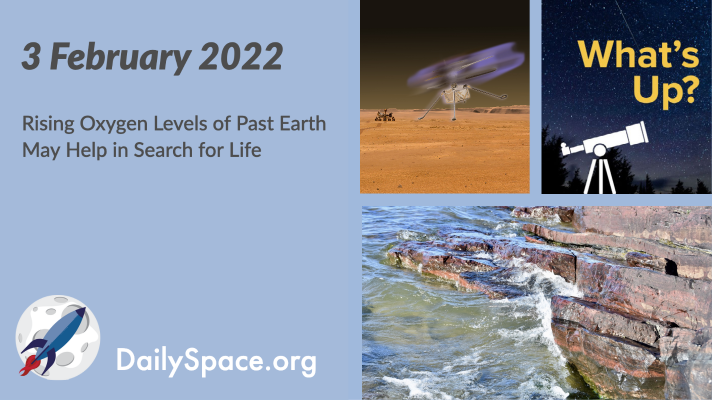
Feb 4, 2022 | Asteroids, Crewed Space, Daily Space, Earth, ESA, Jupiter, Mars, Moon, Rockets, Rovers, Sky Watching, SpaceX, Uranus
Scientists analyzed iron-rich sedimentary rocks and estimated the amount of oxygen present in the atmosphere when those rocks formed, finding low levels of oxygen and giving insight into a potential biosignature for life beyond Earth. Plus, controlling robots from space, a SpaceX launch, and this week’s What’s Up.
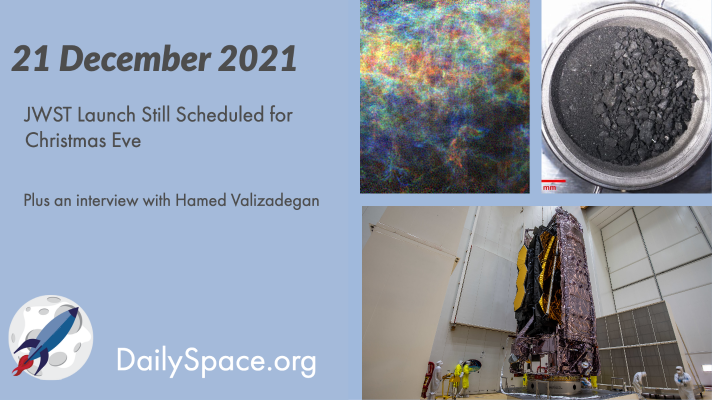
Dec 22, 2021 | Asteroids, Daily Space, ESA, Guest Interview, JAXA, JWST, Kepler, Milky Way, Neutron Stars / Pulsars, Physics
Dr. Pamela takes a deep dive into her feelings about the JWST, its pending launch, and just what the telescope means to the astronomical community. Plus, general relativity is still true, a huge filament of gas in the Milky Way, and we interview Hamed Valizadegan, project lead for ExoMiner.
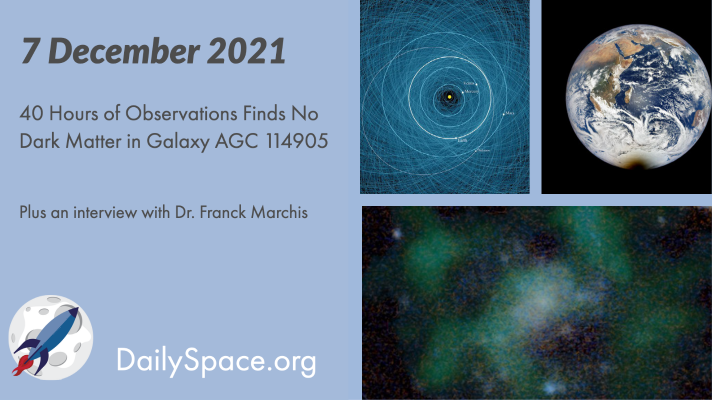
Dec 8, 2021 | Asteroids, Daily Space, Dark Matter, Earth, ESA, Galaxies, JWST, Moon, Spacecraft, The Sun, Very Large Array
Astronomers using the Very Large Array in New Mexico spent 40 hours observing galaxy AGC 114905, which seemed to have little to no dark matter in 2019 observations. The new evidence shows there is no dark matter in the galaxy at all. Plus, more Hubble and JWST updates, an eclipse over Antarctica, and an interview with Dr. Franck Marchis about citizen science.
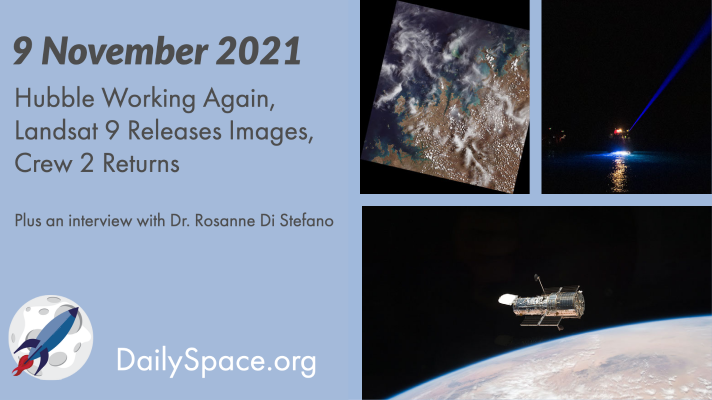
Nov 10, 2021 | Climate Change, Crewed Space, Daily Space, Earth, ESA, Exoplanets, JAXA, SpaceX, Stars
After a bit of a scare, the aging Hubble Space Telescope has once again resumed its science operations with the ACS instrument brought back online. Plus, Landsat 9 released its first images and the Crew 2 Dragon splashed down safely. Then we interview Dr. Rosanne Di Stefano from the Center for Astrophysics about the potential discovery of the first extragalactic planet.
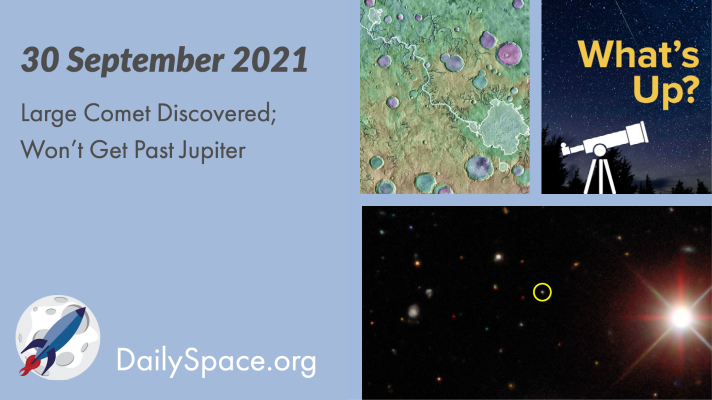
Oct 1, 2021 | Comets, Daily Space, ESA, Exoplanets, Jupiter, Mars, Moon, Sky Watching
Contrary to recent clickbait headlines, a recently discovered comet that likely originated in the Oort Cloud will not be coming near Earth. The closest point of the icy body’s orbit is between Saturn and Jupiter. Plus, how floods shaped Mars, how microbes helped clover grow, and this week’s What’s Up.
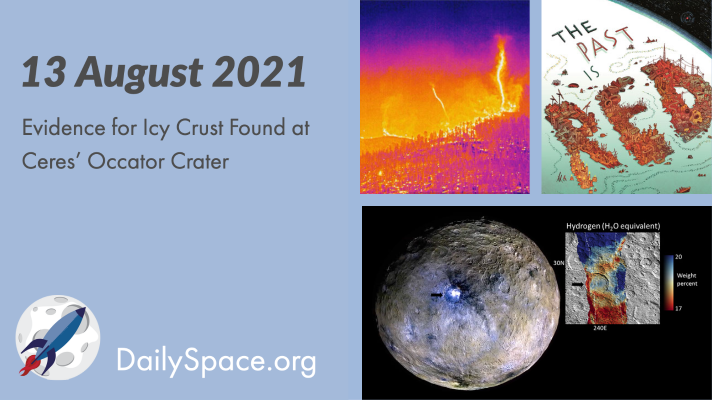
Aug 17, 2021 | Asteroids, Climate Change, Earth, ESA, Mars, Perseverance, Review, Venus
Using a neutron spectrometer on board the Dawn spacecraft, scientists have found elevated concentrations of hydrogen in Ceres’ Occator Crater, which provides evidence of an icy crust. Plus, everything is on fire in the western United States, and we review “The Past is Red” by Catherynne M. Valente.








 We record most shows live, on Twitch. Follow us today to get alerts when we go live.
We record most shows live, on Twitch. Follow us today to get alerts when we go live.